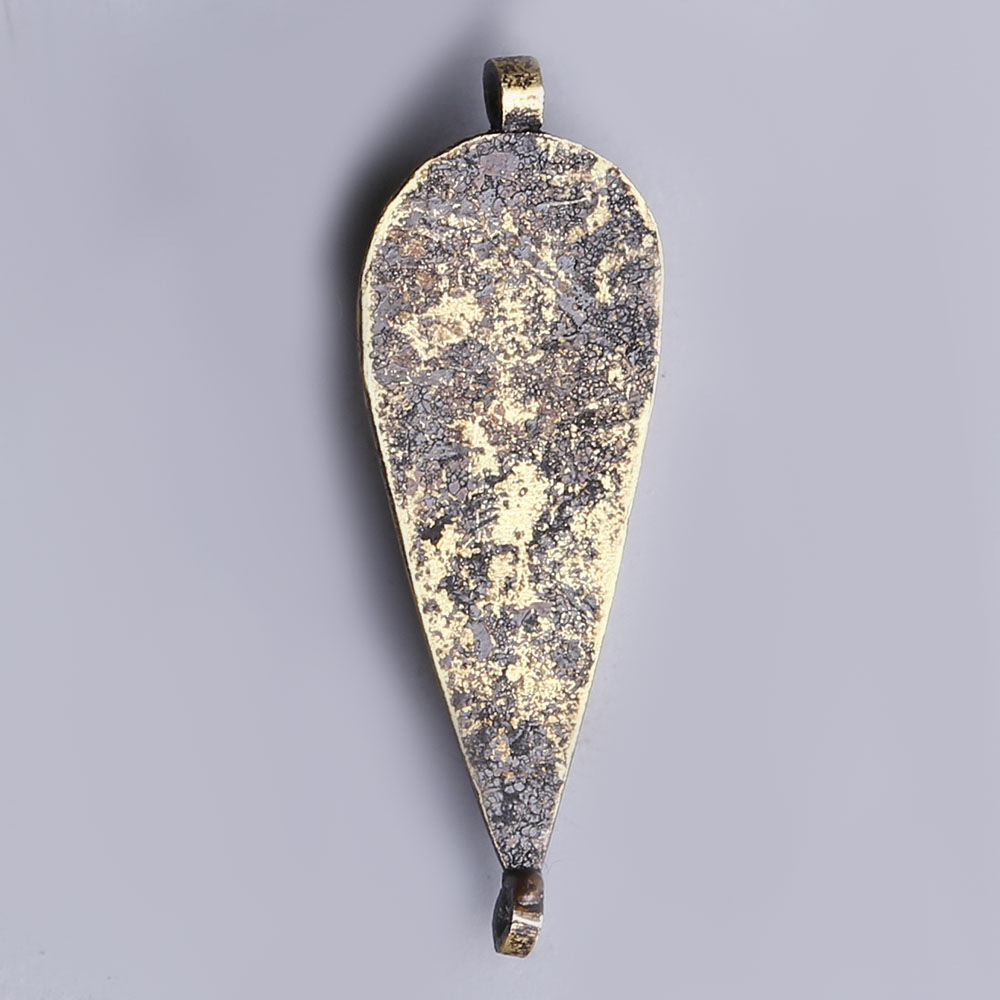Amulets were popular in Ancient Egypt and were worn by the living or buried with the dead. The common word for amulet in the dynastic period was mkt, which means protector; amulets were designed to protect their owners. Amulets were usually modelled in the shape of specific deities or objects. The lotus flower was a potent symbol to the ancient Egyptians. A symbol of Upper Egypt, there were two types of lotus flowers; the white and the blue lotus (although scientifically, the latter is deemed a water lily). The flower, which significantly bloomed during the day and closed at night, was a symbol of rebirth and regeneration. It was, like many such symbols, linked to the journey of the sun as it travelled across the sky during the day and waned at night. Due to this symbolism and its association with Upper Egypt, it was often depicted, on funerary art or as an amulet to be worn. The lotus was linked to a variety of deities, including Nefertem who was often depicted with a blue lotus, and Harpocrates, who was depicted as a child on a lotus flower.
To find out more about Ancient Egyptian amulets please see our relevant blog post: Egyptian Amulets and their Meanings.

